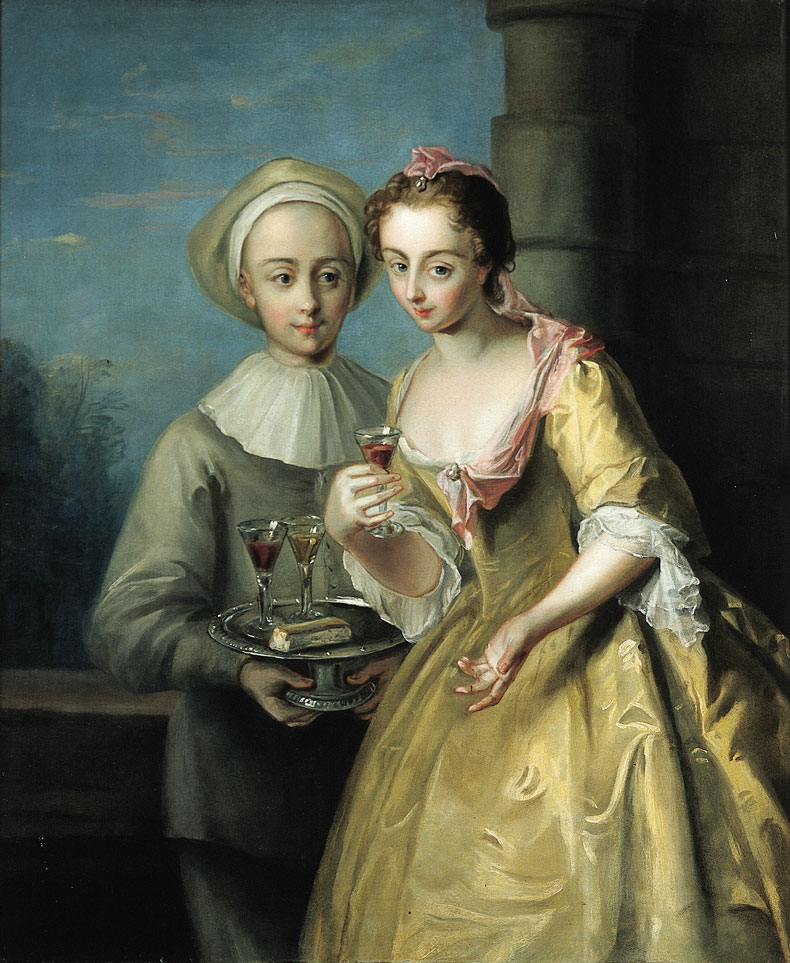From the December 2023 issue of Apollo. Preview and subscribe here.
This has been a year of the unusual, the maligned and the outlandish in wine. I have tasted wines from various traditions, prices and geographies: from the first English Albariño (Balfour) to a multi-layered vintage cuvée (Moët & Chandon), from forgotten Veneto grapes (Venissa) to far-flung Tasmanian Rieslings (Pooley and Moorilla). The following are six of the most thoughtprovoking wines that I have tasted this year. While I’ve considered traditional criteria including complexity, flavour and finish, these wines represent something beyond this: the experience of how and where they were drunk. This is not wine for wine’s sake, but a cultural evaluation of the best wines of the year.
AA Badenhorst, Kalmoesfontein White 2021, South Africa
A visit to Swartland at the end of January led to AA Badenhorst Family Wines, where Adi Badenhorst served us this mix of nine grapes: Chenin Blanc, Roussanne, Marsanne, Grenache Blanc, Clairette Blanche, Viognier, Semillon and Palomino – ‘chuck it all in and hope for the best’, he joked. This wine’s aromas of spice, citrus blossom, stone fruit and tea constantly evolve in the glass, so you are drinking unfinished business. However, the long length of the wine gives you a chance to unlock the blend’s complexity. Swartland is one of the most exciting wine-producing regions in the world; its vineyards are more than 60 years old. Badenhorst makes winemaking look easy, but there are generations of expertise behind this insouciance.
Marqués de Vargas, Reserva 2018, Rioja, Spain
José Pizarro reminded me how Riojas can be relaxed and fun when I visited his home in Andalusia. The Tempranillo, Garnacha and Mazuelo grapes in this wine are more than 30 years old, and aged for 23 months in oak. The wine is medium bodied, with the right level of acidity and polished tannin level that avoids the astringency of some reds from this region. The aromas are ripe red fruit, strawberry, raspberry and liquorice. Marqués de Vargas has been producing reliable, classic Rioja reserves that are convivial, like a conversation with friends.
Chateau Musar White 1998, Ghazir, Lebanon
A visit to Lebanon this spring required checking in on the 1998 release from Chateau Musar. Its signature white blend is ineffably complex – no two vintages the same and no glass remains the same during drinking. Made from Obaideh and Merwah grapes and fermented in French oak barriques, the wines contain beautifully Levantine notes: honey, nuts, apricot, pine resin and cedar. These wines come with their own instruction manual: store at around 15ºC, lay flat for two weeks before opening, store upright for two more days, uncork, allow to sit for five minutes at room temperature – ‘our older wines, on opening, are like creatures awakening from hibernation.’ Even in the four hours of the visit, the aroma and taste unfurled and transformed as we drank.
Thymiopoulos, Rosé de Xinomavro 2021, Naoussa, Macedonia, Greece
While Provence may be the typical destination for rosé, Greece is where canny visitors go to discover small producers that suggest a new idyll. Apostolos Thymiopoulos, Greece’s best red winemaker, has pioneered many styles of the Xinomavro grape but it is his rosé that demands attention. It is aged in oak for three months, then further aged in the bottle. It can be drunk upon release, but patience is rewarded in this aged vintage, with a structured and serious wine that gives aromas and flavours of cherry and tomato – almost a Greek salad. It’s what rosé should and could be doing if it wasn’t regarded as so ephemeral.
Uzumfermer, Merry Tash Reserve 2021, Uzbekistan
Although this region was once abundant with Syrah and lesser-known indigenous grapes, Gorbachev’s anti-drunkenness campaign in 1985–88 almost ended wine production here. Uzumfermer Winery is trying to reclaim the position of Uzbekistan as a fine winemaker. On 15 hectares they grow more than 120 grape varieties, including Chardonnay, Pinot Noir and local grapes Rizamat and Hadji Murat. The Merry Tash Reserve blends Pinot Noir and Cabernet Sauvignon with the indigenous Saperavi grape to deliver a dry, plummy wine with red fruit and oak notes. Being a young red, it was served chilled, which was appreciated in the 40ºC summer heat.
Liber Pater ‘La Feuille’ 2007, Bordeaux, France
At the Golden Vines gala in October – the Oscars of fine wine – we were fortunate to drink of one of the world’s most expensive and rarest wines, by Liber Pater (the 2015 vintage was released at €30,000 per bottle). You could sense something different was going on from its herby, earthy aromas. Tobacco, cassis and liquorice kicked in with the tasting (so far, so Bordeaux), but it was the minerality binding the flavours together that was so captivating. Loïc Pasquet makes wine with ungrafted prephylloxera vines in Graves. ‘For the first time we can taste wine as Napoleon did, from autochthonous varieties,’ he says. We certainly felt glorious, drinking it in the gilded Grand Foyer of the Opéra Garnier, commissioned by Napoleon III to celebrate French culture. This is the same Napoleon who invented and exported the Bordeaux region classification creating a gold standard, or inflexible rulebook, for fine wine. Pasquet breaks these rules to return Bordeaux winemaking to its roots.
An Allegory of Taste (c. 1730s), Philippe Mercier. Private collection

From the December 2023 issue of Apollo. Preview and subscribe here.


